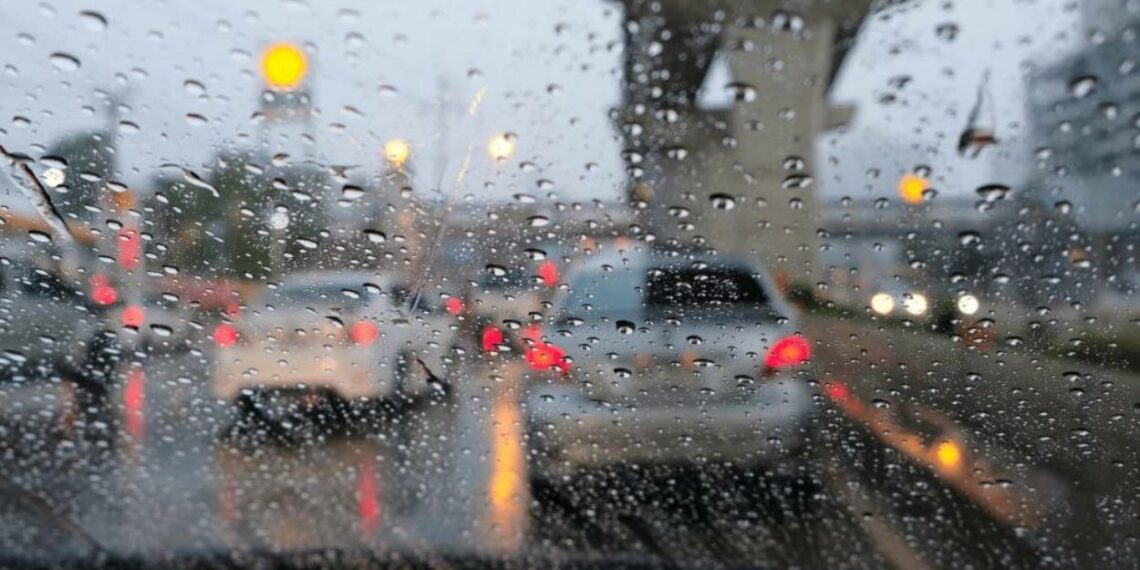The holiday season is upon us, and many will hit the road to join friends or family or to take advantage of the time off to enjoy a break away from work or home.
For most, traveling during this Christmas period involves using their own vehicle, and the traffic flow on the roads increases significantly. Therefore, at this time of year, it’s essential to exercise more caution when driving.
The tips for safe driving during Christmas are provided by Bridgestone, which shares practical recommendations for these adverse conditions.
At this time of year, weather conditions can change rapidly. Wet and icy roads are common, increasing the risks of skidding or losing control. Areas with snow and other elevated points frequently experience snow or ice, making it essential for drivers to be prepared to face these challenges.
One of the main priorities is to check the condition of the tires. Worn tires significantly reduce traction and braking ability, especially on slippery surfaces.
“For drivers who need a versatile solution, All Season tires, such as the Turanza 6 All Season, provide reliable performance throughout the year, including in heavy rain or light snow conditions,” reminds Bridgestone.
In addition, it is essential to adopt a preventive driving style. Reducing speed, increasing the safety distance, and avoiding sudden maneuvers are simple steps that can make all the difference. If your vehicle is equipped with ABS, trust the system to maintain control.
Ensuring that the windshield wipers are in good condition and that you use antifreeze liquid to maintain visibility, as well as ensuring that the brakes and lights are in good condition, is also fundamental to cope with the reduced visibility and slippery surfaces typical of this time.
If you are thinking of visiting areas with snow, make sure you have tire chains and know how to install them. An emergency kit with blankets, water, non-perishable food, a flashlight, and a phone charger can be crucial in case of unforeseen events.
Furthermore, Bridgestone reminds us that it is “essential to plan the trip in advance, checking the weather conditions and the state of the roads. This information helps avoid surprises and identify any road closures due to ice or accumulated snow”.
Additionally, make sure to take regular breaks to rest, but avoid leaving valuable items in plain sight. If you are too tired to drive, postpone your trip. And if you start to feel tired during the journey, take a break. A coffee and a 20-minute stop are the minimum to help you stay alert. In any case, your trip should be planned to include breaks every two hours.













